Premium Only Content
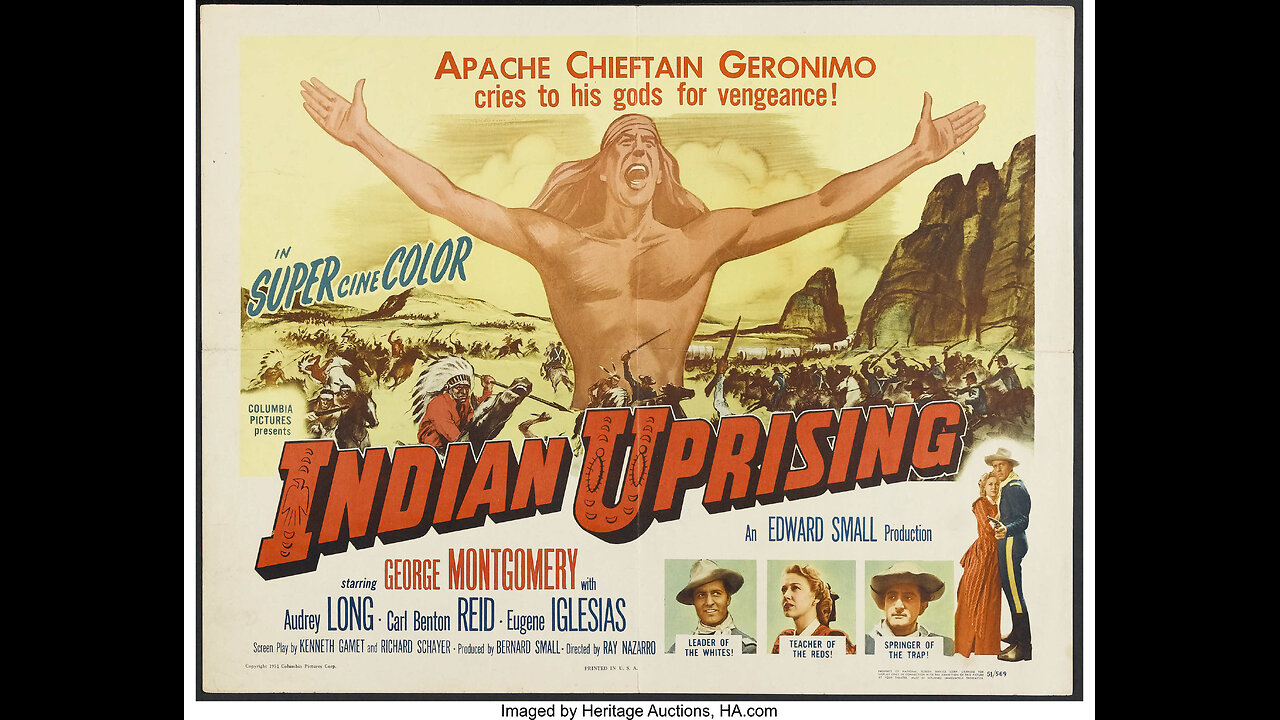
Indian Uprising (1952) | A Western film directed by Ray Nazarro
"Indian Uprising" is a Western film released in 1952, directed by Ray Nazarro. Starring George Montgomery, Audrey Long, and Carl Benton Reid, the film is set against the backdrop of the Indian Wars in the American West during the late 19th century.
**Plot Summary:**
The story unfolds in the Arizona Territory during the late 1880s, a time marked by tensions between the U.S. government, settlers, and Native American tribes. Captain Case Britton (George Montgomery) is an officer assigned to maintain peace between the Apache Indians and the settlers. He faces the challenge of negotiating with the Apache chief Diablito (Monte Blue) and preventing a full-scale uprising.
Complications arise when the settlers, led by the ambitious and ruthless Lee Quince (Carl Benton Reid), encroach upon Apache territory in search of gold. The settlers' actions escalate the conflict, leading to a series of skirmishes and battles between the Apache warriors and the U.S. Army.
Amidst the chaos, Captain Britton finds himself torn between his duty to the government and his empathy for the Apache people. His efforts to prevent bloodshed and broker peace are complicated by the aggressive tactics employed by Quince, who is determined to exploit the situation for personal gain.
The film explores themes of justice, prejudice, and the clash of cultures as it depicts the struggle for control of the land and resources in the American West. The characters must navigate moral dilemmas and the consequences of their actions in the volatile and dangerous frontier environment.
**Key Themes:**
1. **Indian Wars:** "Indian Uprising" delves into the historical period of the Indian Wars, exploring the conflicts between Native American tribes and the encroaching settlers and military forces.
2. **Land and Resources:** The film examines the motivations behind the settlers' pursuit of gold and the resulting impact on the relationships between settlers and Native Americans. The struggle for control of land and resources is a central theme.
3. **Leadership and Morality:** Captain Britton's character represents the moral center of the narrative, navigating the complexities of leadership and morality in the midst of a volatile situation. The film explores the ethical choices faced by individuals in positions of authority.
4. **Cultural Clash:** The clash of cultures between the Apache people and the settlers is a prominent theme. The film portrays the misunderstandings, prejudices, and hostilities that arise as different groups vie for control of the territory.
**Production and Reception:**
"Indian Uprising" is a product of the classic Hollywood Western genre, known for its straightforward storytelling and action sequences. George Montgomery's portrayal of Captain Britton and the film's exploration of the Indian Wars received moderate acclaim.
While not necessarily a groundbreaking or critically acclaimed film, "Indian Uprising" contributes to the cinematic representation of the Indian Wars and the challenges faced by both Native American tribes and settlers in the historical context of the American West.
In summary, "Indian Uprising" is a Western film that explores the conflicts and tensions during the Indian Wars in the late 19th century. The narrative focuses on the struggle for land and resources, the clash of cultures, and the moral dilemmas faced by individuals in a turbulent frontier setting.
-
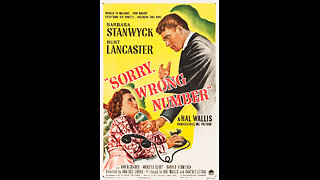 1:28:41
1:28:41
Classic Films & Movies Archive
2 days agoSorry, Wrong Number (1948)| Directed by Anatole Litvak
147 -
 LIVE
LIVE
LFA TV
8 hours agoAmerica’s Religious Resurgence | TRUMPET DAILY 5.13.25 7PM
200 watching -
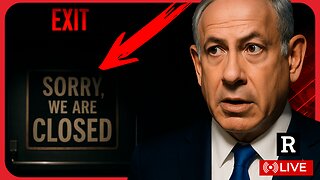 1:39:28
1:39:28
Redacted News
3 hours agoTrump's Speech in Saudi Arabia is GAME CHANGER, Netanyahu FURIOUS he's being boxed out | Redacted
151K126 -
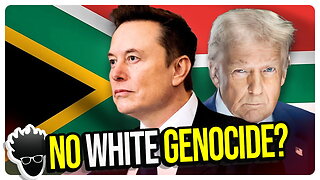 1:30:05
1:30:05
vivafrei
5 hours agoAshe in America! Elections in Canada! Genocide in South Africa? AND MORE!
174K34 -
 42:38
42:38
Candace Show Podcast
3 hours agoIan Carroll Unleashed! | Private Equity, Big Pharma, and The Diddy Trial | Candace Ep 184
51.8K75 -
 14:55
14:55
The Gun Collective
8 hours agoWHOA! 26 New Guns Just Released!
14K2 -
 2:05:00
2:05:00
Darkhorse Podcast
6 hours agoReport from the Foxhole: The 276th Evolutionary Lens with Bret Weinstein and Heather Heying
87K26 -
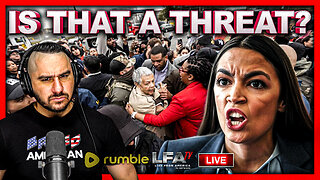 1:00:31
1:00:31
LFA TV
8 hours agoDID AOC JUST DROP ANOTHER THREAT? | BASED AMERICA 5.13.25 5PM
28.2K10 -
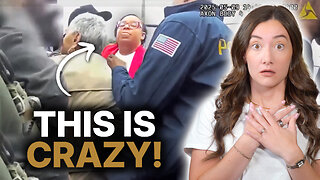 49:28
49:28
Chrissy Clark
5 hours agoLawmakers Storm ICE Facilities, Hamas Releases Last American Hostage & MORE w/ Jennie Taer
34.6K5 -
 1:14:42
1:14:42
Untamed Nation
3 hours agoTRUMP AVOIDS GETTING POISONED IN SAUDI ARABIA ⚠ THEY ROLLED OUT THE PURPLE CARPET! Joe Oltmann and Matt Wallace | 12 May 2025
38.3K22